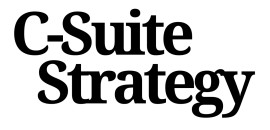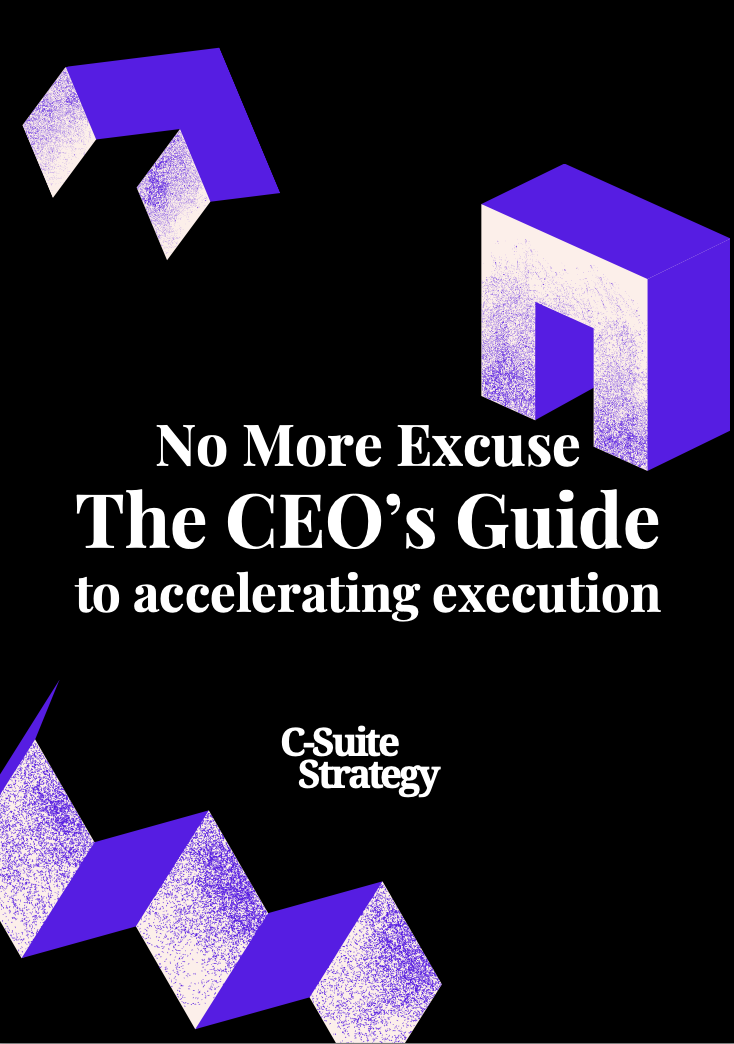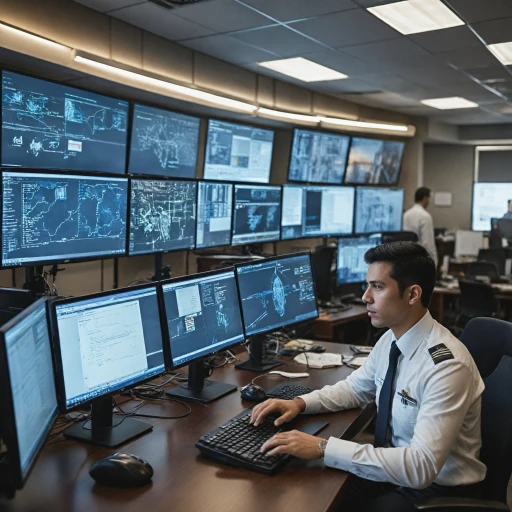
The Importance of Strategic Offsite Workshops
The Role of Strategic Offsite Workshops in Achieving Leadership Alignment
In the fast-paced world of corporate strategy, the need for clear direction and coherent team alignment is more critical than ever. Strategic offsite workshops have emerged as a pivotal tool for leadership teams to unite under a common vision and cultivate the necessary synergies for executing strategic objectives effectively. These offsites provide an environment that fosters team building, strategic problem solving, and shared understanding of long-term goals. The importance of conducting these workshops offsite lies in the ability to break away from the everyday routine and distractions of regular business operations. By selecting a venue that encourages creativity and innovation, leaders can focus entirely on the strategic planning at hand, ultimately resulting in more effective strategy sessions. The change of scenery can invigorate the leadership team, elevate energy levels, and open up channels for more candid discussions. Moreover, strategic offsite workshops facilitate scenario planning, where teams can experiment with ideas and strategies without the immediate pressure of day-to-day business challenges. By participating in targeted activities that promote team cohesion, these workshops help build leadership skills that are crucial for steering the company towards its long-term objectives. When properly structured with a clear agenda and objectives, workshops can lead to significant breakthroughs. They function as a catalyst for strategic alignment, enabling team members to voice their insights, align their goals, and ensure everyone is moving in the same direction. For further insights on how aligning strategic goals with company vision through leadership alignment contributes to business success, explore the art of strategic leadership. By understanding the pivotal role of these strategic offsite workshops, companies can gear up for substantial growth and innovation, paving the way for long-term success.Designing an Effective Workshop Agenda
Crafting a Workshop Agenda That Drives Results
Designing an effective agenda for your strategic offsite workshop is crucial to achieving your business objectives. A well-structured agenda not only ensures that the leadership team stays focused but also maximizes the potential of the sessions. Here are some key considerations to keep in mind when planning your agenda:
- Define Clear Objectives: Start by identifying the core objectives of the offsite. Whether it's strategic planning, team building, or problem-solving, having clear objectives will guide the flow of the workshop and keep the team aligned.
- Selecting the Right Activities: Choose activities that foster team cohesion and enhance leadership skills. Consider incorporating scenario planning and strategy sessions that challenge team members to think critically and collaboratively.
- Balance Between Sessions: Ensure a mix of intensive strategy sessions and lighter team-building activities. This balance helps maintain energy levels and keeps participants engaged throughout the day.
- Provide a Conducive Environment: The venue plays a significant role in the success of an offsite. Opt for meeting rooms that are conducive to open communication and creativity, allowing the leadership team to focus on strategic goals.
- Time for Reflection: Allocate time for reflection and feedback. This allows team members to process information and contribute ideas that can be crucial for long-term success.
By carefully crafting your workshop agenda, you set the stage for a productive and successful offsite. For more insights on strategic leadership, explore The Art of Strategic Leadership for Business Success.
Facilitating Open Communication
Creating a Conducive Communicative Environment
Fostering open communication during these workshops is pivotal to aligning leadership teams and achieving success in strategic planning. The environment should encourage every team member to share their insights and contribute effectively to strategy sessions. The key is creating a safe space where individuals feel their input is valued.
Start by setting clear objectives for the offsite sessions. Before diving into strategic agendas, it is essential to communicate the purpose of each session and clarify the expected outcomes. This not only aligns the team members but also enhances their focus on problem solving and scenario planning.
Incorporate a variety of communication activities that boost team cohesion. For instance, include team building exercises that promote trust and openness among leadership teams. Providing opportunities for informal interactions also helps break down hierarchical barriers, leading to richer discussions.
Moreover, selecting a venue that offers an inspiring environment can significantly affect communication quality. Thoughtful planning of meeting rooms and break times is crucial to maintain energy levels throughout the workshop.
To deliver an effective strategic offsite, consider leveraging external facilitators who specialize in strategic workshops. These professionals can introduce fresh ideas and help navigate challenging discussions, ensuring every voice is heard.
Effective communication in these sessions is not just about speaking; it involves active listening and assimilating diverse viewpoints to form a cohesive strategy. When done right, open communication during strategic offsites can be immensely rewarding, paving the way for long term business success.
For insights into creating a supportive structure for your leadership team, explore the selection process for a chairperson.
Aligning Strategic Goals with Company Vision
Bridging Company Vision and Strategic Goals Effectively
In strategic offsite workshops, aligning strategic goals with the broader company vision is an essential component for fostering a cohesive leadership team. This linkage helps ensure activities and decisions are not only momentarily inspiring but also impactful in the long term. One effective approach is integrating scenario planning into your agenda. By doing so, leadership teams can vividly explore potential futures and develop strategic objectives that remain resilient across scenarios. This process encourages robust strategy sessions and ignites a shared understanding and commitment towards overarching business objectives. To facilitate this alignment, it's crucial to set clear objectives for your strategy offsite. Begin by clarifying the desired outcomes of your workshop. Is the aim to realign team strategies or to spark new business ideas? These objectives will serve as the beacon guiding your planning and focus during the sessions. Choosing the right context is paramount. An environment that fosters open communication is essential for enabling the leadership team to align on strategic goals. This can be achieved by designing an agenda with both structured discussions and open, exploratory activities. Employing team building exercises and effective problem-solving scenarios will encourage a cohesive energy and promote the synergy needed to align vision with strategic planning. Regularly revisiting these goals and vision throughout the workshop sessions helps maintain alignment and reinforces their relevancy. By keeping energy levels high and ensuring participation from all team members, the momentum built during offsites can translate into profound long-term benefits for the organization. This alignment is not just about efficiency in the meeting rooms during the offsite but extends to creating a solid foundation for strategic success beyond those sessions. By incorporating these methods and carefully considering the environment, leadership skills, and strategic planning activities, your offsite can turn into a success offsite, setting a strong trajectory towards achieving the company's long-term vision.Measuring the Success of a Strategic Offsite
Evaluating Strategic Outcomes and Offsite Impact
Measuring the success of a strategic offsite is crucial for understanding its effectiveness and refining future sessions. To gauge the impact, leadership teams should consider several key metrics and qualitative assessments.- Clear Objectives: Setting specific, measurable objectives during the planning stages provides a basis for evaluation. Did the offsite meet its intended goals? Was there alignment between strategic objectives and company vision?
- Team Cohesion and Engagement: Assess improvements in team dynamics and cohesion post-offsite. Effective team-building activities should strengthen relationships and enhance collaboration. Gathering feedback from team members can highlight shifts in team energy levels and morale.
- Strategic Implementation: Evaluate progress on strategic initiatives set during the offsite. Has the strategy been effectively communicated and implemented across the business? This may reveal strengths in scenario planning and any gaps that need to be addressed.
- Problem Solving and Leadership Skills: Assess whether the offsite helped improve problem-solving abilities and leadership skills within the team. Workshops that focus on these areas often lead to better decision-making and strategic planning.
- Feedback Mechanisms: Use structured feedback sessions and surveys to gather insights on what worked and what didn't. This not only aids in measuring success but also provides ideas for enhancing future strategy offsites.














